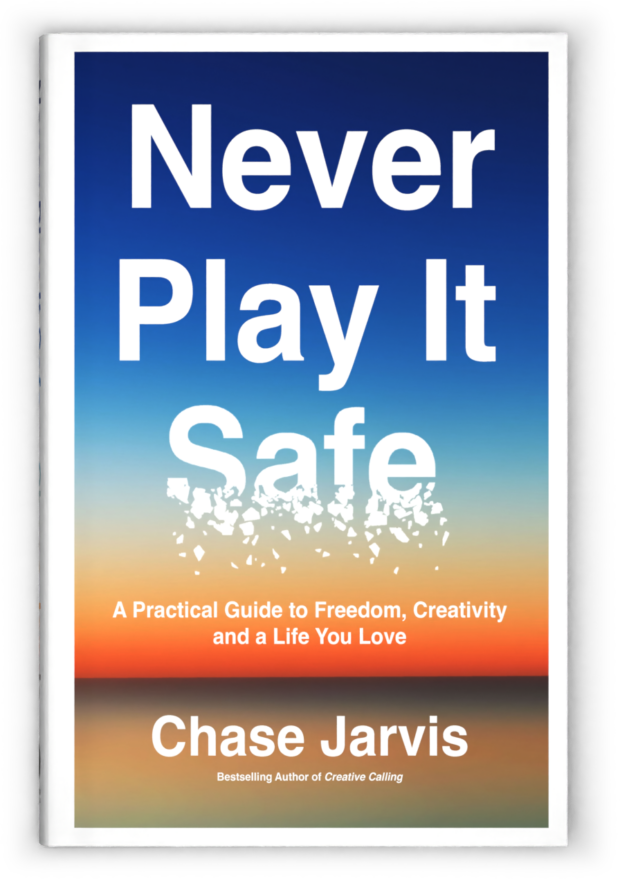
It’s always a pleasure to sit down with my friend Rand Fishkin. He’s one of those people who is not only brilliant at his craft but is also incredibly generous with his wisdom, sharing the hard-won lessons from his entrepreneurial journey with a transparency that is all too rare. If you’ve been in the world of digital marketing for any length of time, you know his name. Rand is a legend in the SEO space, having started his journey in the early 2000s and building a blog that evolved into the pioneering software company, Moz.
Under his leadership, Moz became the go-to resource for understanding the magic of search engines, raising tens of millions in venture capital and growing into a major player in the industry. But as many of us know, the entrepreneurial path is never a straight line. Rand has spoken openly about the immense pressures of the venture-backed world, his personal struggles with depression, and the difficult decision to step down as CEO of the company he built from scratch. He eventually left Moz in 2018, an experience that shaped his perspective profoundly.
Since then, Rand has channeled those lessons into new ventures. He co-founded SparkToro, an audience research tool built on a completely different philosophy: sustainable growth, sane working hours, and an alternative funding model designed to create a long-term, profitable business that rewards investors and employees without the “billion or bust” pressure of VC. He’s now also diving into the creative world, co-founding a video game studio with a unique focus. His story is one of resilience, learning, and redefining what success looks like on your own terms.
Over the years, Rand and I have had many conversations, both on and off the microphone. He’s been a guest on my show multiple times, always bringing incredible insights for our creative community. We’ve talked through the highs and lows of building a business, and I even had a chance to invest in one of his new companies (a round I unfortunately missed!). These collaborations, especially our in-depth podcast episodes, have been a way for us to co-conspire for the good of creators and entrepreneurs everywhere, digging into the real stories behind the headlines.
Here are a few of Rand’s core ideas that you can apply directly to your own creative work and career.
1. Reject the Grind for Better Decisions
One of the most powerful things Rand told me was his belief that the “hustle culture” of working 60, 70, or 80-hour weeks actually worked against the success of his business. He argues that the entrepreneur’s primary job is to make the best decisions possible. Exhaustion and burnout lead to poor judgment. By building his new company, SparkToro, around a “chill” 32-hour work week, he’s proving that great results come from a rested, focused mind, not from sheer hours logged.
How to Apply This:
- Schedule your downtime and protect it as fiercely as a client meeting. Your brain needs time to recharge to produce its best work.
- When facing a major decision, ask yourself: Am I tired? Am I stressed? If the answer is yes, step away. A walk, a good night’s sleep, or a day off can bring clarity that hours of grinding never will.
- Focus on your highest-impact tasks. Instead of trying to do everything, identify the one or two things each day that will truly move the needle and dedicate your best energy to them.
2. Understand Your Funding, Own Your Future
Rand’s experience with venture capital taught him a crucial lesson: the type of money you take dictates the kind of company you must build. Venture capital often demands a “unicorn or nothing” outcome, which may not align with your vision of building a sustainable, profitable business you love. For his new companies, he chose an alternative funding model, raising money from angel investors with the goal of long-term profitability and paying dividends. This gives him the freedom to build a healthy company, not just a fast-growing one.
How to Apply This:
- Before seeking funding, define your personal goal. Do you want to build a lasting business, or are you aiming for a massive, fast exit? Your answer determines the right kind of capital for you.
- Explore all funding options. Look into small business loans, crowdfunding, angel investors, and self-funding before assuming venture capital is the only path.
- If you’re interested in Rand’s alternative model, check out the SparkToro funding documents that he’s open-sourced them so others can learn from and use them.
3. Ask “Who Will Amplify This and Why?”
This is one of the most brilliant, actionable pieces of marketing advice I’ve ever heard. Rand urges every creator and entrepreneur to think about marketing before building the product. Don’t just ask who will buy your creation; ask who has an audience that would care about it, and why they would be motivated to share it. Your product itself must have a built-in reason for influential people and platforms to talk about it. It’s not just about being good; it’s about being shareable.
How to Apply This:
- Identify the podcasts, newsletters, blogs, and social media accounts that reach your ideal audience.
- As you develop your product or project, ask yourself: What about this is remarkable? What’s the story here that would make those influencers want to share it with their followers?
- Build relationships with potential amplifiers long before you need them. Engage with their work, offer value, and become a trusted member of their community.
PS – If you’re looking for a guide to help you build the life and career you’ve always wanted, the Seven Levers for Life is a free 7-day email course on just that.













